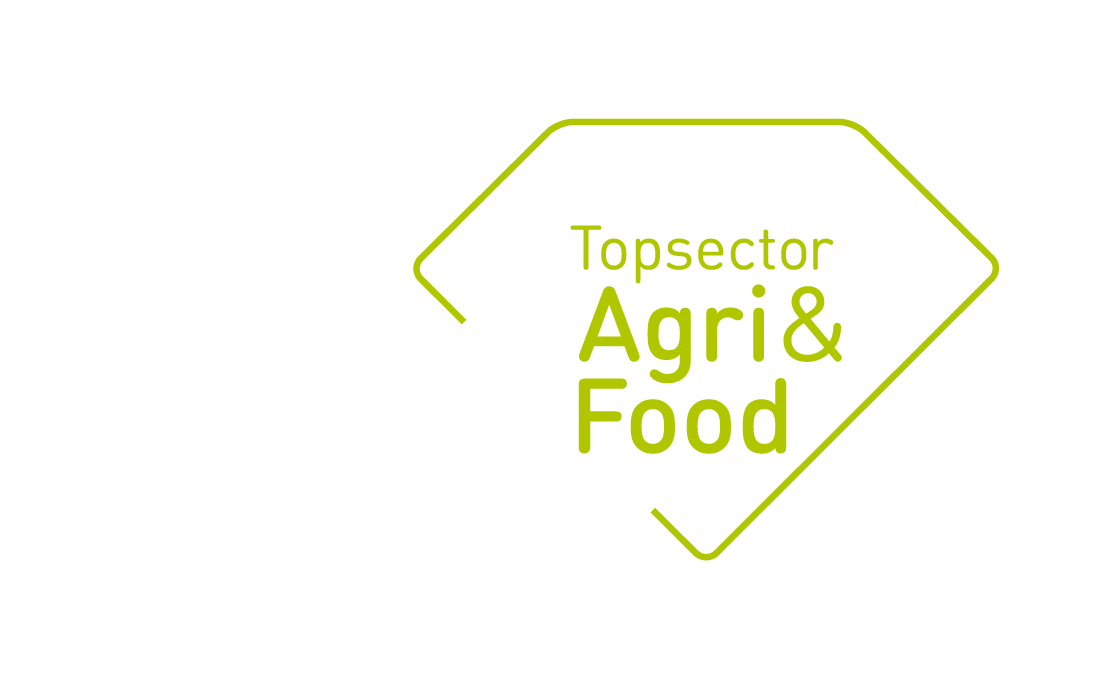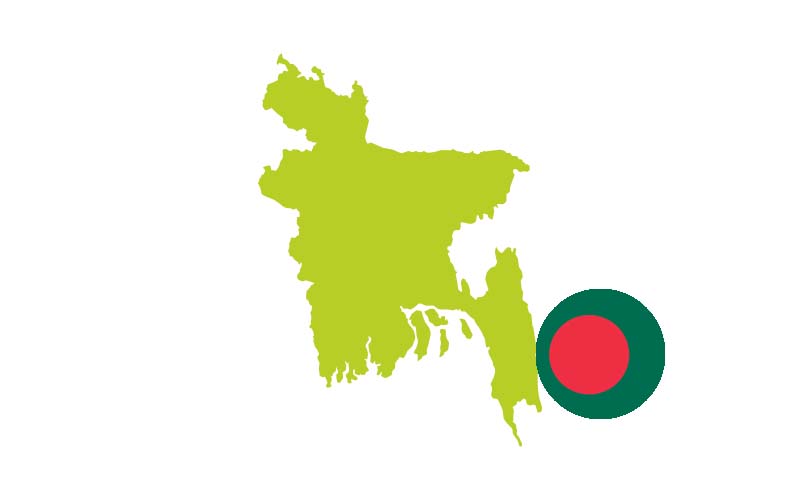Project title: Feasibility study to identify bottlenecks and opportunities for improving the processing quality of potatoes in Bangladesh
Project number: SMP-2017
Requesting country: Bangladesh
Year: 2020
Budget: € 40,000
Project leader: Huib Hengsdijk
Knowledge institute: Wageningen University & Research
Project partners: Advance Consulting, Agrico, Bayer, Advanced Seed Research & Biotech Centre
Summary
Currently the third largest potato producer in Asia behind China and India, Bangladesh has an enormous potential for producing potatoes. A common challenge of the potato sector in Bangladesh is the inferior quality (i.e. low dry matter content) of the produced potatoes for processing purposes, i.e. flakes, crisps and French fries. Processing of potatoes that are low in dry matter content is little efficient, and thus costly. Therefore, the potato processing industry for value addition is underdeveloped, while farmers receive low prices for the produced potatoes. Precisely, the processing industry in Bangladesh and associated logistics, storage and input services have the potential to add value, reward farmers with a better price (=income) and spur development of the entire potato sector towards the availability of nutritious foods and the export of potato products.
Major reasons for the lack of potatoes with a good processing quality are the used potato varieties and the short growing period in Bangladesh. Typically, potatoes are harvested after 90 growing days and farmers select varieties that fit this short growing period. However, a growing period of 90 days is for most varieties too short to produce potatoes with a sufficiently high dry matter content suitable for processing. Typically, at least 120 days are needed to produce potatoes with a high starch content under temperate conditions. Currently, farmers prefer short-season varieties for several reasons such as:
- Short-season potato varieties generate a rapid cash-flow;
- Long-season potato varieties are hardly available;
- There are few financial incentives for farmers to grow potatoes with a high dry matter content, and
- A short-season potato crop fits in the traditional cropping system that further typically consists of two rice crops per year. Farmers are reluctant to change this system.
Deel dit bericht


